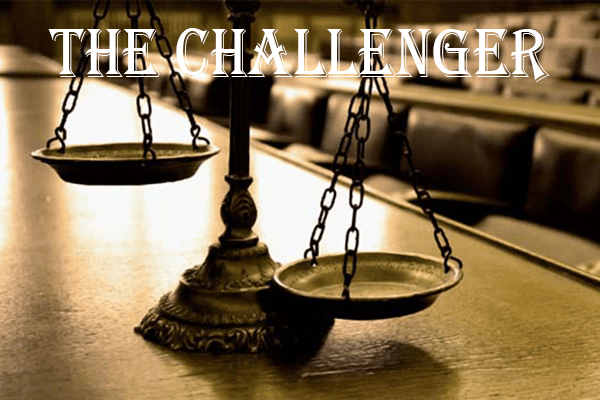|
RCBJ-Audible (Listen For Free)
|
Commercial Leases Entail Substantial Risk; Mitigation Can Be A Challenge
By Michael Starvaggi

The RCBJ recently reported that Brixmor Property Group, owner of Rockland Plaza in Route 59 in Nanuet, is suing former tenant, B. Good, for $1.6 million in back rent and future lost income. This potential price tag may give pause to any business that is or may become a tenant – and for good reason. Standard commercial lease clauses can be oppressive and are generally enforceable in court. Even more daunting is the prospect of personal liability for the owner of the business when the financial stakes are high, as they usually are in these cases. In this article, I will discuss some of the bases of liability involved in the B. Good litigation with the hope that it will give business owners a better understanding of the exposure that commercial leases entail.
The primary category of damages in a case such as B. Good’s is accelerated rent. Under a standard acceleration clause, when a tenant defaults, all rent from that point until the end of the term of lease becomes due immediately. The landlord has a duty to mitigate its damages by attempting in good faith to rent the space to a new tenant,[1] with any future rent received offsetting the defaulting tenant’s liability. However, the potential exposure for the defaulting tenant is still great, especially if it takes a long time for the landlord to find a new tenant. One way for a tenant to counteract the potential impact of accelerated rent is to have a manageable initial term of five years or so, with the option to extend for successive five-year periods. This protects against the extensive financial liability from the acceleration of long-term rent obligations while giving the tenant the right to remain in the premises at the end of the initial term by exercising its option. Of course, the ability to get a landlord to agree to that structure is strictly one of bargaining leverage – something that not all tenants have.
The B. Good lease also contains a “going dark” penalty, which states that the tenant is liable for triple its ordinary rent in the event that it ceases operations (goes dark). The theory behind this type of penalty is that having a defunct storefront is bad for the optics and foot traffic of a mall or shopping center. It can also be based on a more tangible factor when the lease calls for a percentage of the tenant’s revenue to be paid to the landlord. In that scenario, of course, the tenant is harming the landlord’s cash flow by ceasing operations, even if the tenant continues to pay its base rent. Courts sometimes find going dark penalties to be overly speculative and disallow some or all of the damages. However, because courts do not typically protect businesses from oppressive contractual terms the way they do for individuals, a tenant should assume that a going dark penalty will be enforceable.
If there is adequate bargaining leverage, the tenant could negotiate the opposite of a going dark penalty to avoid exposure of this kind. That would be a provision that allows the tenant to discontinue operations without consequence as long as it continues to pay its basic rent, or perhaps a pre-negotiated enhanced rent. Once again, the availability of such a provision will be a function of the relative leverage of the landlord and tenant during negotiations.
Another category of liability that a defaulting tenant must contend with is attorney’s fees. In addition to paying for its own legal counsel, commercial leases usually require the tenant to bear the cost of the landlord’s attorney’s fees incurred in enforcing the lease, including any litigation for eviction or collection of rent. This, of course, can add significantly to the overall liability of the tenant under the lease and is deemed to be enforceable by the courts.
Things get scarier still when the landlord requires the owner of the business to personally guarantee the lease obligations, which is more common than not for small and even medium-sized businesses. The personal guaranty makes the individual guarantor(s) liable for all damages due from the tenant under the lease. This, of course, raises the stakes significantly, as the personal assets of the business owner are at risk and the exposure is potentially severe. However, one way of limiting (not obviating) personal exposure is to negotiate for a “good guy” guaranty, in which the guarantor is only responsible for unpaid rent that becomes due while the defaulting tenant remains in occupancy of the premises. Once the tenant vacates, personal liability ceases. This is intended to discourage non-paying tenant from remaining in possession of the premises while eviction proceedings drag on in court.
These and other seemingly oppressive commercial lease provisions are, in fact, standard in most form leases and should be carefully reviewed and negotiated by the tenant with the help of competent legal counsel.
This article is intended for general informational purposes only and shall not be deemed to give individual legal advice.
[1] The landlord’s costs in securing the new tenant are often added to the defaulting tenant’s damages under the lease.
Michael Starvaggi is a Nyack-based attorney. mstarvaggi@starlawpc.com














